
How to Measure the Effectiveness of Your Lead Generation
When it comes to lead generation, most marketers prefer to be doers, meaning that they enjoy coming up with ideas and then executing them.
Measuring and reporting on their effectiveness is no one’s favorite part of the job as it requires a lot of research, takes up tons of time, and is honestly, quite boring.
The reason that many marketers dread the reporting process of their lead generation strategies is that they oftentimes don’t even know where to begin.
Many businesses are quite bad at getting an accurate measurement of their marketing methods. According to a report from Duke University, 69% of CMOs were unable to prove the impact of their marketing in quantitative measurements, and only just over half were able to establish a good qualitative sense of their results.
For a business that is trying to increase their leads, this is simply unacceptable. Growth topped the list of CEO priorities in both 2019 and 2020 in Gartner’s annual CEO & Senior Business Executive survey.
And lead generation is where all revenue growth begins. Salvatore Minetti, CEO at Fountech Ventures, said: “The lack of sales predictability and the challenge of converting a lead into a customer, be it a consumer or business, is a top concern companies of all sizes face.”
As a marketer, you need to know exactly how well your strategies are working (or not) in order to find ways to improve and optimize. Let’s break the measurement process down to the simplest steps.
Quick Takeaways:
- Measuring the results of marketing strategies that bring in qualified leads is very important to keep your sales pipeline flowing.
- What is the one metric that ties your lead generation process to your growth goals?
- Dig deeper into every metric that can possibly be useful or be a KPI. Don’t linger on vanity metrics.
- Determine the channels for which these metrics can be maximized and focus on them.
1. Pinpoint the KPIs
In order to make any accurate measurements, you need to first know what you are measuring, why those numbers matter to your business, and how they impact the bottom line.
A metric is a number that you can measure and track to evaluate the success of a marketing strategy or tactic, whereas a KPI is a metric or a condition that shows signs of progress towards an overall business goal.
When it comes to lead generation, the important metrics are fairly obvious, like the number of leads that are funneled. However, an increase in the number of leads doesn’t necessarily mean that your lead generation strategies are successful.
If only a small percentage of leads are actually converting, then you are only increasing the number of irrelevant leads and clearly targeting the wrong audiences.
In order to really find the most important KPIs related to B2B lead generation, you will have to dig a little deeper. First, you want to identify the metrics that signal success and show signs of progress. Click through rates (CTR) are usually a good starting point for digital strategies, but again, you need to take things a step further.
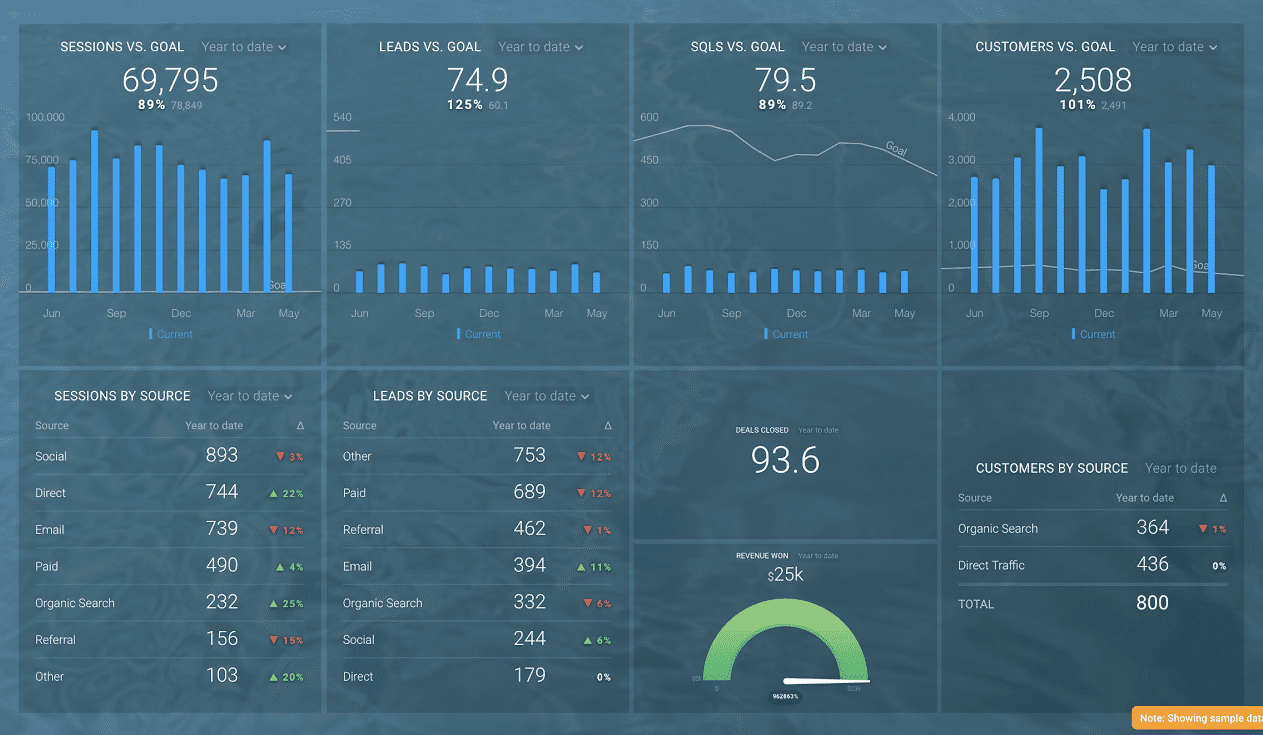
For instance, say that your CTR for your social media ads has grown by 30% over the month. However, the bounce rate from those clicks is very high and the conversion rates are extremely low. This shows that your ad may not be targeting a relevant audience or the content may be somewhat misleading since customers are exiting quickly.
This means that CTR isn’t your KPI here. The KPI that really indicates the effectiveness of your lead generation strategy on a particular channel due to a specific tactic is the number of conversions from that channel that can be attributed to that tactic.
Be sure that you are looking deeper into every metric in order to find the truth behind those numbers. You will want to do this with each digital marketing strategy (such as email marketing, social media, PPC, etc.) that you use to generate leads.
2. Measure Changes in Time, Money and Effort Per Conversion
Once you’ve made those initial KPI measurements, you will need to compare your past results with the present to see if you’ve actually made positive progress. Yes, you may have generated more sales qualified leads (SQLs), but was it more expensive to convert a customer because it required multiple attempts or retargeted ads? What was the time between the first interaction and a closed sale?
It is extremely important to recognize changes in supplementary, complementary, and related functional areas of business because that’s what really shows the effectiveness and overall success of your methods. According to a survey by eMarketer, the goals of lead generation aren’t just to improve the quality and quantity of leads; you also want to find ways to automate the marketing process and reduce costs.
So which metrics will tell you if your lead generation strategies are taking your business closer to its goals than before? At what cost? How quickly? Using what methods?
3. Determine the Most Effective Channels
Knowing which marketing channels are working the best by generating the most convertible leads can help you to optimize your future efforts. For instance, if the majority of your most relevant leads are coming from content marketing strategies like articles on major publications in your niche, then you should focus more on this rather than social media or PPC.
Optimize your efforts so that you are not expending extra time, energy, and money into channels that are not giving you much in return. Remember too to pay close attention to the ratio of the leads per channel versus the spend per channel. Even if one marketing method may come with a higher cost, if it is producing a much higher amount of converting leads, then it is most likely worth the investment. On the other hand, cheaper strategies may help you stay on budget, but they could actually be bringing you mediocre results.
4. Nurture Them
Remember that your results are going to be very individual to your business and your audience. According to a report from Demand Gen, the majority of B2B marketers saw the different results when comparing the effectiveness for lead generation at the top of the funnel versus middle and bottom. For example, live events and webinars seem to be highly effective for funneling in new leads, but content marketing and email campaigns work far better for nurturing leads into customers.
So pay close attention to the possible actions prospects can take along your customer journey. These observations will help inform how you can bring in more leads, determine the customer’s intent to purchase, and how you can convince and reassure them. Additionally, you’ll be better able to do the following:
- Understand your marketplace and audience.
- Connect various metrics to revenue-specific KPIs.
- Recognize variables that might affect outcomes.
- Score and nurture your leads consistently.
- Tweak your interactions based on the position of the lead on your sales funnel.
And conversions will follow!
If you are ready to get more traffic to your site with quality content that’s published consistently, check out our Content Builder Service. Set up a quick consultation, and I’ll send you a free PDF version of my books. Get started today–and generate more traffic and leads for your business.

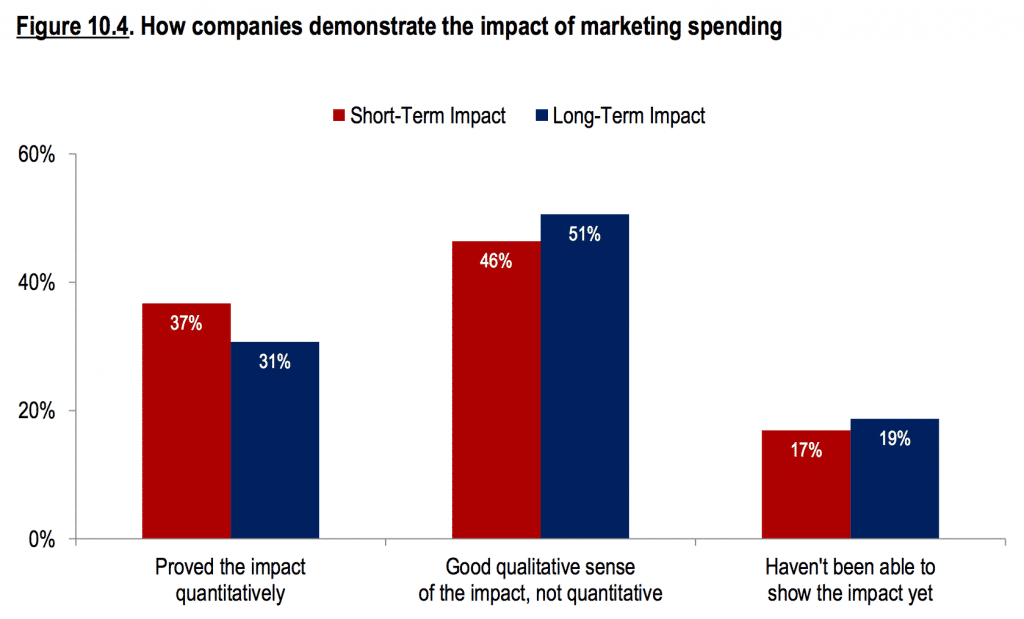
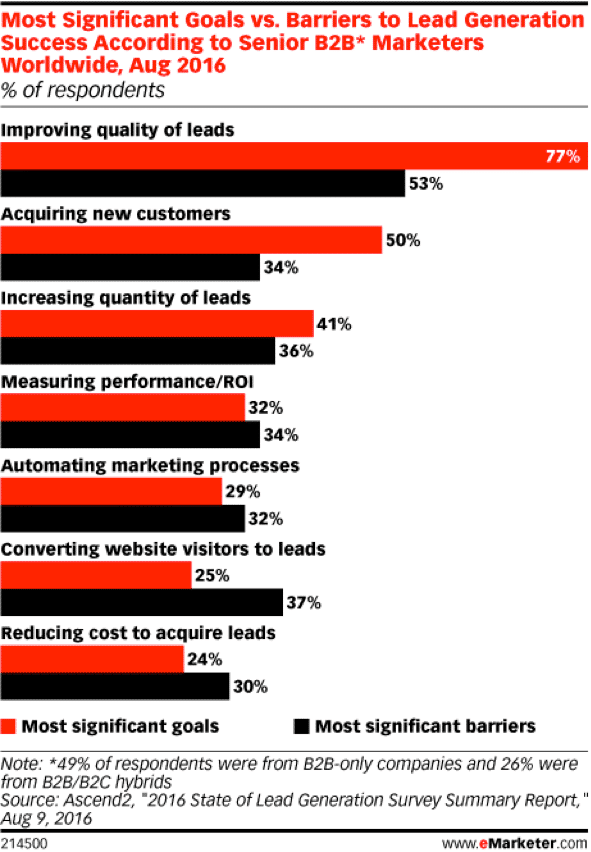
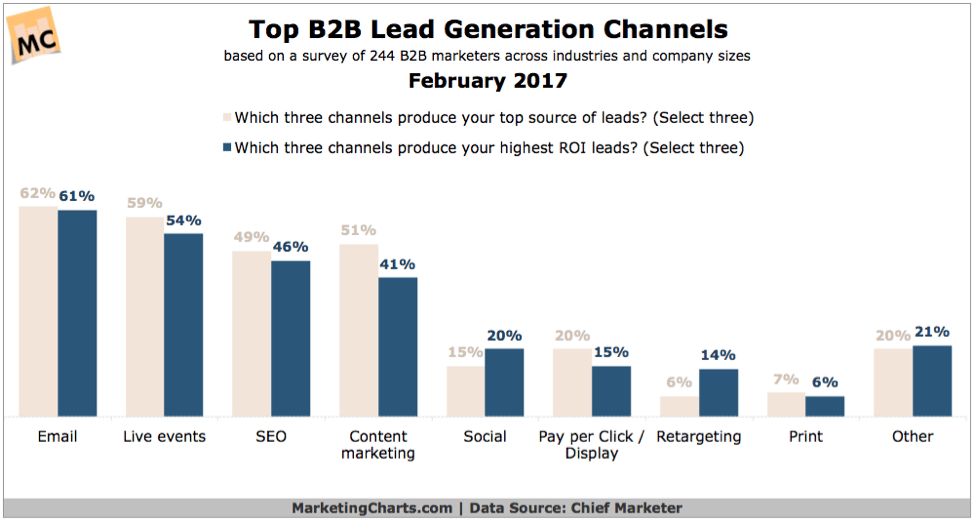
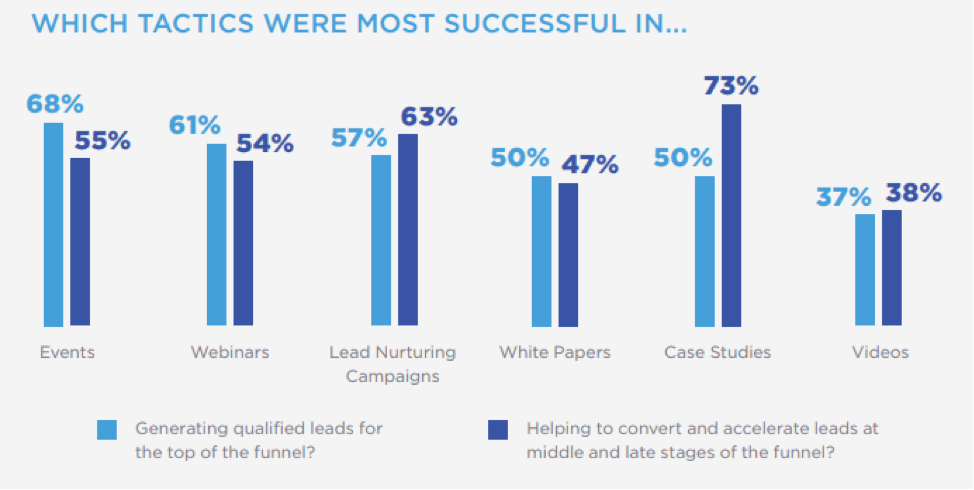


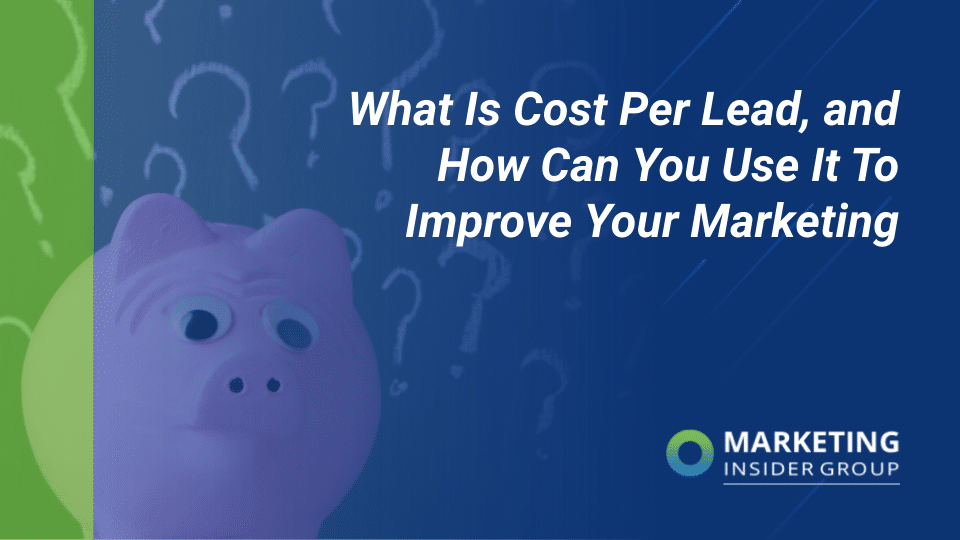



Very interesting! Thank you for bringing up the importance of nurturing the leads. Nurturing on the phone also creates a relation to our prospects and adds a human touch to the marketing.